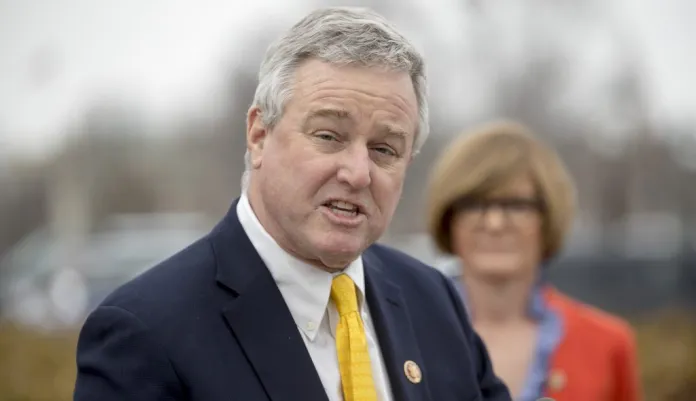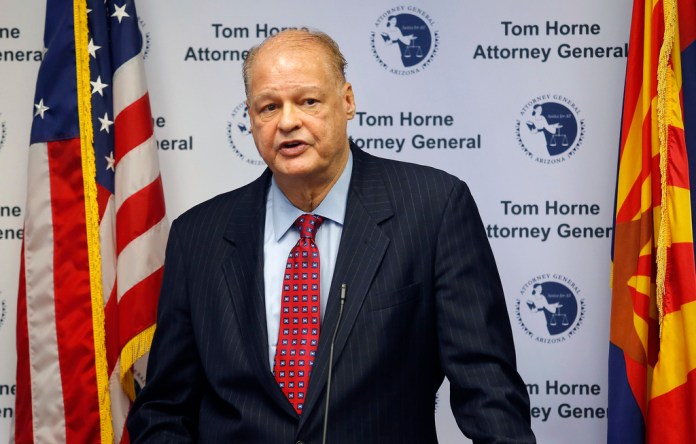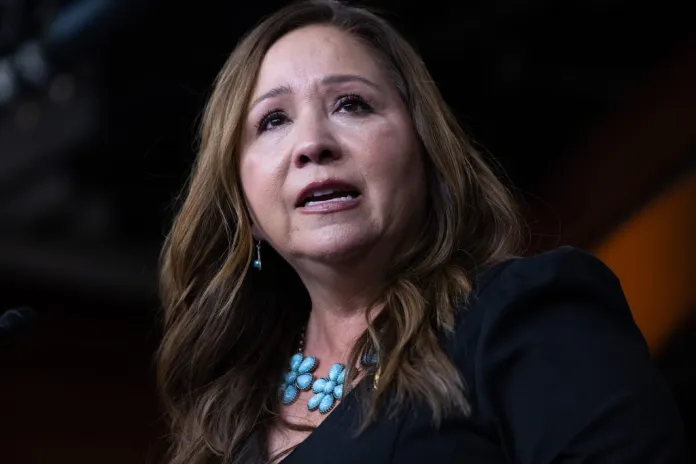How a Mark Kelly VP pick could give Arizonans a Senate election every even year through 2030 – Washington Examiner
The article discusses the potential impact of Vice President Kamala Harris selecting Senator Mark Kelly as her running mate, which could result in Arizona having a Senate election every even year through 2030. If Kelly were to resign from the Senate due to the election outcome, it would trigger a special election in 2026, leading to continuous Senate elections in the state. The article also provides a brief overview of recent Senate election results in Arizona, including Kelly’s victory over Martha McSally in 2020. the article highlights the potential implications of a Harris-Kelly ticket on Arizona’s future Senate elections.
How a Mark Kelly VP pick could give Arizonans a Senate election every even year through 2030
Arizona voters could soon be feeling the burden of what has been of continuous Senate elections if Vice President Kamala Harris were to tap Sen. Mark Kelly (D-AZ) as her running mate.
If the hypothetical Harris-Kelly ticket were to be successful on Election Day, that would mean Kelly would resign from the Senate, forcing a special election in 2026 and effectively giving the state a Senate election every even year from 2016 through 2030. Kelly and Gov. Josh Shapiro (D-PA) are reportedly the leading contenders to be Harris’s running mate.
During the 2016 presidential election, Arizonans reelected Sen. John McCain (R-AZ). In the 2018 midterm elections, Arizona elected then-Democrat Kyrsten Sinema to replace incumbent Jeff Flake, who did not seek reelection.
In 2018, however, McCain died, and then-Gov. Doug Ducey appointed former Sen. Jon Kyl to a second stint in the upper chamber to take over his seat. Kyl resigned in 2019, and Ducey appointed then-Rep. Martha McSally to the seat. Because it was an appointment, it triggered a special election in 2020, when Kelly, then best known as a former astronaut, defeated McSally.
Still, because McCain’s seat was set to go through 2022, the election for the full-term senator was always set to take place during the 2022 midterm elections. Kelly won that election over Republican challenger Blake Masters, who is running in a crowded primary to represent Arizona’s 8th Congressional District in the House.
In November, Arizonans will pick Sinema’s replacement as she is retiring. Arizona’s primary is being held next week, but it is expected that Rep. Ruben Gallego (D-AZ) will become the Democratic nominee and TV anchor-turned-politician Kari Lake will become the Republican nominee.
So, if Harris and Kelly were to be on the Democratic ticket and win, Gov. Katie Hobbs (D-AZ) would need to appoint someone to take Kelly’s seat. Like what happened in 2020, that scenario would trigger a special for the next cycle — 2026. Then, in 2028, the seat Kelly won in 2022 will be up for a full, six-year term.
To top it all off, whoever wins Sinema’s seat this year would be up for reelection in 2030.
While there are a lot of moving parts and it hinges upon Kelly being nominated for and winning the vice presidency, Arizonans would effectively have a Senate race every midterm or presidential election year from 2016 through 2030.
" Conservative News Daily does not always share or support the views and opinions expressed here; they are just those of the writer."




